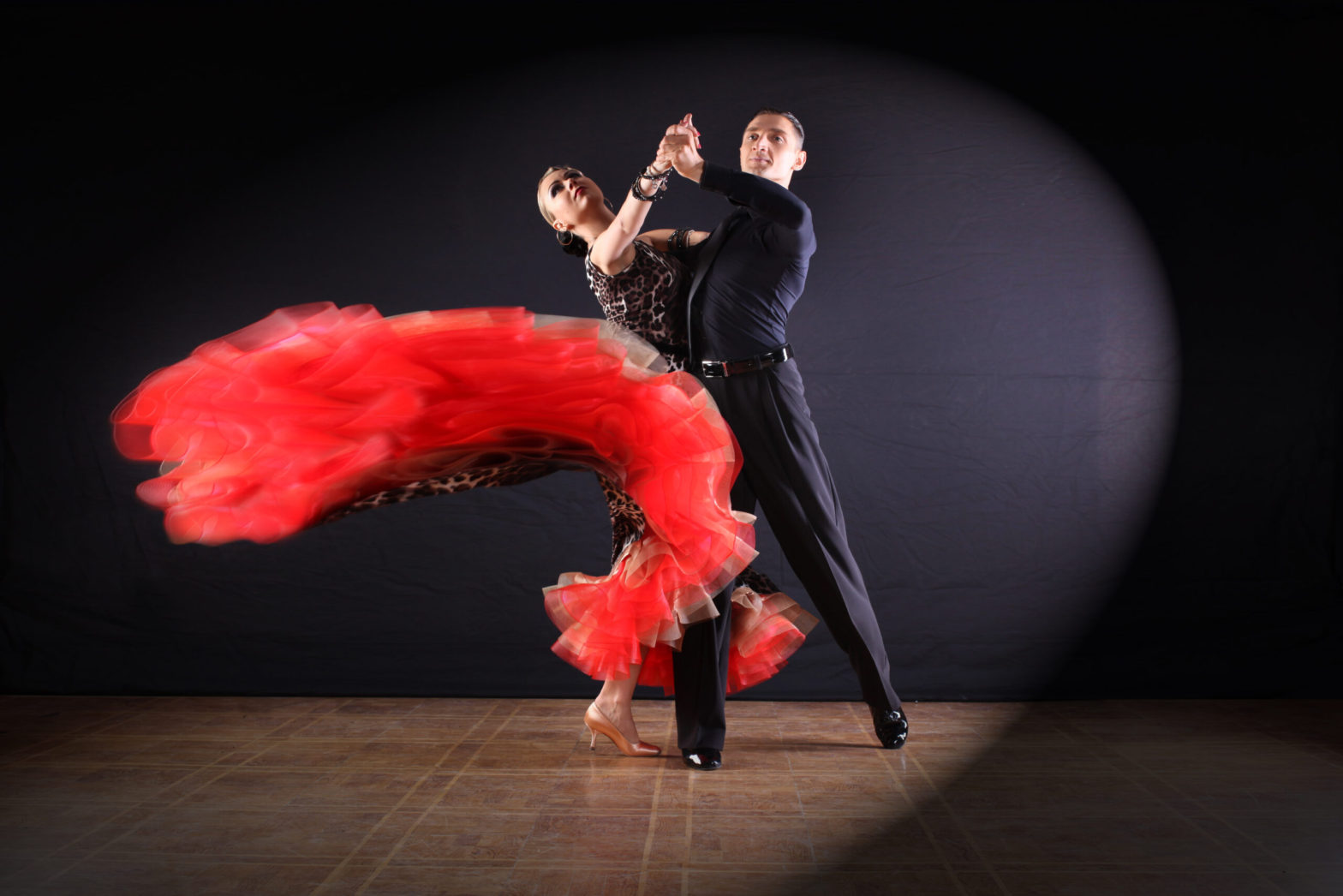
Really?
When I first began ballroom training, I was obsessed with remembering steps, the shape of those steps and anticipating the intention of my teacher. He most definitely lead and I was to follow. It was all about sensing the lead and responding accordingly. Yet, I worried about this and continually anticipated his intention, often with disconnected results….It was quite a job embracing being open to change wherever that took us.
I longed for the days when a choreographer would set a piece on a group of us in ABT. We learned it, practiced it and knew EXACTLY what was coming next. No surprises.
Later after suffering for a long time with this uncertain lead and follow, we started doing open routines and showcases. The dances were choreographed and I knew EXACTLY what was coming next. This was comforting, but I soon learned that knowing the choreography does not mean that the audience/judges/viewers should see that you know what is coming next.
I learned that no matter whether you know what is coming next or not, being present in the moment is key. The moment, well played and honored is luxurious and authentic and most certainly more enjoyable, for me and, I presume, those watching. Our teachers speak about the importance of connection and when I allow myself to pay attention, without rushing to the next movement, the connection is seamless and organic. This is what draws the audience in.
Being present means that you are opening up to all your senses: sight, smell, hearing, touch, and taste (should you have had that mint?) Our kinesthetic or proprioceptive sense reminds us where our arm is relation to our body.
In my meditation classes I have learned that enlightenment comes at the heels of awakening to all our senses. From where I am as a relatively new student of meditation,”Wake up” became, well, a wake up call that ease, enlightenment,calm, and that elusive peace was more about waking up than dropping back and shutting out.
I love it when new realizations align with older ones. What I have learned from meditation has reinforced strengthened, and enhanced those skills. F.M Alexander acquired buckets of these skills after observing himself for years with a 3-way mirror and discovering that he was unable to deflect his compressive habit in favor of staying in the moment.He discovered that there is a unique organization of the head/neck/spine that relates to all the parts of the body His discovery is easily applied to our partner to partner connection – key to experiencing the beauty of seamless and uninterfered with movement.
F.M.’s discovery was such an important part of my understanding of movement. I learned how WAKING UP to the moment and being aware of inefficient muscular habits netted many benefits.
If you would like to hear more about improving your ballroom experience, sign up for my weekly blog on the home page and get your free copy of “10 Steps to Competition Greatness”.


